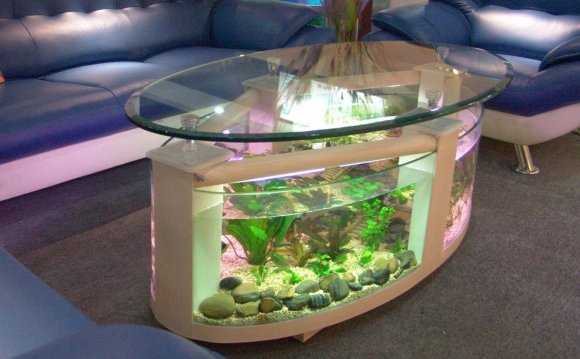
Clean cleaning fish fishes tank aquarium filter tropical goldfish beta fresh salt water freshwater coral reef
___________________________________________________________________________________________________________________
Cleaning a fish tank may seem like an easy task, but if you have ever tried doing so, it's not as easy as it may seem. Besides the extensive labor and effort to clean the tank well, especially a larger tank, cleaning a tank is difficult and must be done cautiously because it can easily kill or make your fish extremely ill or injured.
The two most common tanks are the small fish bowl and the small aquarium tank. I will walk you through the steps carefully. The sentences ending in "*" means it is very important.
First, the fish bowl.
Using a fish net, carefully catch the fish and place in another bowl or clean container that has never been washed by soap*. Rinse the tank well and be sure to get the debris out of the gravel by using your hand or an object to swirl the gravel. Loosening the gravel will allow the debris to be picked up by the water, and eventually removed when changing the water. Once the dirty water is poured out (I pour into the toilet), add room temperature water and a dechlorinator. You can also use water that has sat over night if you don't want to pay for the expensive dechlorinator. Finally, reintroduce the fish into it's fresh new water. Make sure the water temperatures are similar. Many fish may get temperature shocked. A way to avoid this is to place the fish in a sealed bag, then place the bag in the tank so that the temperature in the bag adjusts to the temperature of the tank, or vice versa.
While fish bowls are effective for a Betta, it is actually a very bad idea to keep other fish, especially goldfish in a fish bowl. They need much more space and water oxygenation.
Unlike a small fish bowl, a small aquarium should not have to be completely changed. Each week, you should remove approximately 40% of the water volume and replace with fresh clean water. There are many easy to use siphons with gravel cleaning attachments. These are excellent for removing debris from the gravel and siphoning water into a sink or bucket. Once you have removed a portion of the water, rinse your bucket well and refill with treated water at room temperature or as close to the tank temp as possible. It is important to use dechlorinated water, as many cities use chlorine and chloramine to treat water and this is toxic to fish.
NEVER use soap on aquariums. Soaps leave residue that is toxic to fish. Often the phospahtes and the detergents added to cleansers will cause distress and even death to the fish. Use warm water and if you need to scrub, add salt as a scouring agent and rinse very well.
Partial water changes are best for any aquarium, as it does not disturb the bacterial balance the tanks needs to do well, and it removes many of the biological waste products that build up. A total tear down of any tank larger than 5 gallons is not advised. You should always do partial water changes.









